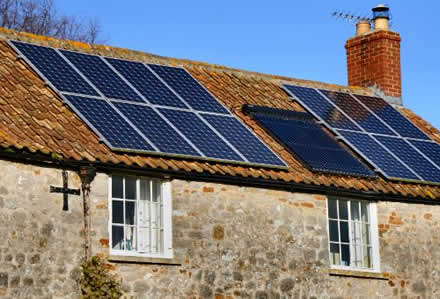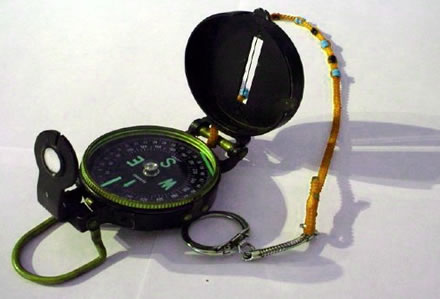Solar Panel Kits and Installation Advice
One of the really exciting things about the advancement in technology especially in power supply and production for those who like to be off grid in a remote homestead, is the availability and affordability of solar panels for producing your own electricity while you are living in a remote homestead.
In fact, you can be your own mini-power station if you like, producing sufficient power to keep your home well lit at night and even to listen to music, watch TV or a DVD movie or use your laptop.
 If you are starting from scratch with an off-grid home and no power source while your budget is small, it can't hurt to start small then scale up as you can afford it.
If you are starting from scratch with an off-grid home and no power source while your budget is small, it can't hurt to start small then scale up as you can afford it.
This article takes a look at the ways in which you can do that while keeping thing affordable yet not cutting corners.
The technology is here, now. It's available, affordable and here's why you should be embracing it!
Why Solar Power?
The first thing you may need to be aware of is why you would even consider opting for a solar powered solution for your homestead over what may or may not already be installed.
The answer is pretty simple if you are concerned about the world you live in and the legacy your generation is leaving for your children and their children down the line.
Solar power is clean, free to produce (once you have purchased the hardware, of course), sustainable and won't ever be affected by the rising costs of commercial power generation. In other words, once you have your own installation, you are no longer reliant on the power companies to supply your electricity!
Solar Electricity for Your Needs
There are several ways in which you can produce your own electricity for most of your needs using solar kits.
The hub of the kit is the photovoltaic panel(s) that will gather the sunlight and transform it into an electrical current. You can then use that power directly (during the day) or store it in a battery or battery array for use when it gets dark, or a combo of both.
It works by using the power of the sun to charge up some batteries during the daylight hours for use at night and it is made possible by having affordable and simple to use solar, or to give them their correct name, photovoltaic panels.
How to Easily Install Photovoltaic Panels
Installing photovoltaic panels in strategic places around the home is relatively easy enough when you buy the kits, as everything you need to get up and running is included.
But even if you need to cut costs and buy individual panels and mounting frames and brackets as your budget allows, it is still relatively easy as long as you have some DIY skills and common sense.
Of course if you are starting out on your off-grid living journey, you will doubtless already have the necessary skills to make your own repairs and install the things you need around the place. Because if you didn't, you'd be doomed to failure anyway!
Location
 The panels need to gather the maximum available sunlight during the day, so their placement is crucial to wring every last watt out of them!
The panels need to gather the maximum available sunlight during the day, so their placement is crucial to wring every last watt out of them!
A south facing roof is the obvious choice as it is the one place in a homestead that is high enough to be unobstructed by shadows created by trees and any other tall structures such as a water tower if you have one.
If placing the panels on your roof is not an option, then the roof of a barn or outbuilding is next best as long as it faces south. Failing that and you need to mount them at ground level, you must find a spot that they can face due south without being in shadow.
Finding the right angle to tilt the south facing panels is the next task. You need to know your exact latitude and then tilt to that initially to get the most average sunlight at solar noon at the spring or fall equinoxes.
It is common to increase the incline ten degrees or so over the latitude angle to compensate for the lower sun position during the winter when sunlight hours are less. Your daily sunlight average and geo-location will dictate this modification to some extent as locations that get a higher average daily sunlight quota through winter don't need to exaggerate the tilt quite so much as more northerly latitudes with less daily sun.
Putting it all Together
Once you have settled on a suitable location for the panels, it is simply a matter of mounting the brackets and frames in place, running cables up to that point from your control box, inserting the panels into the frames and bolting in place, then connecting up the cables.
Most kits come with an instruction sheet to take you through the installation steps in any case, so you should not have any problems. There are several good books that cover this subject more thoroughly and I would recommend you arm yourself with at one of them if you are hankering to fit your own photovoltaic system.
You can buy all kinds of photovoltaic panels, fitting and kits as well as flexible solar strips or rigid panels with mounting brackets online from places like Amazon and take advantage of their bulk buying power to pass on the saving to you, the customer! Below, we have sourced some really incredible beginner friendly solar panels for you to save you searching around for them yourself:
You can read some concerning solar power at this government sites: www.energy.gov